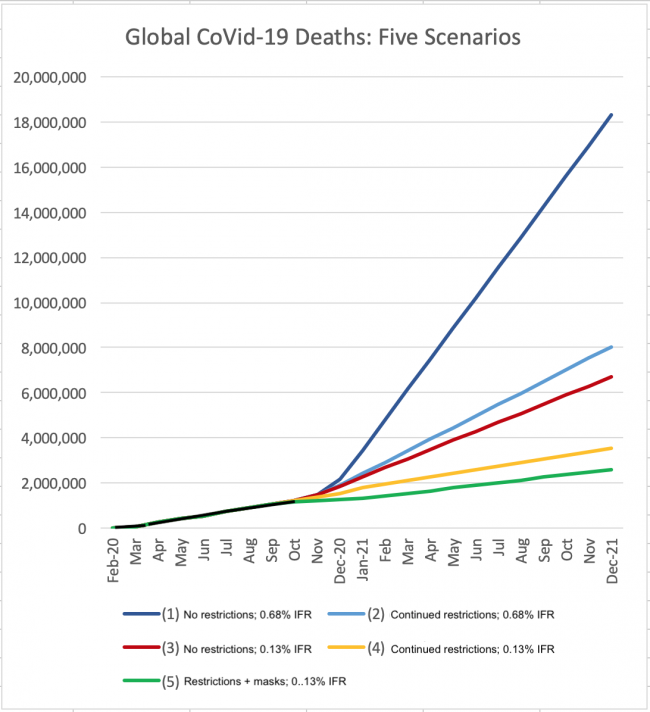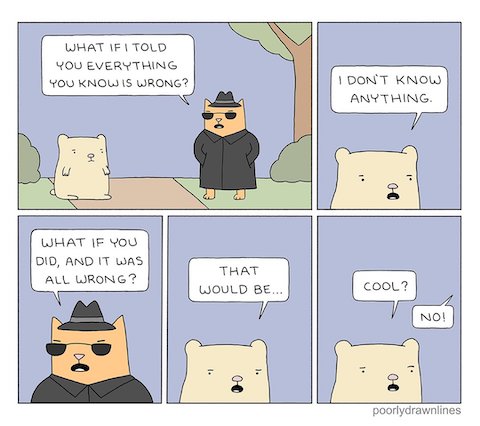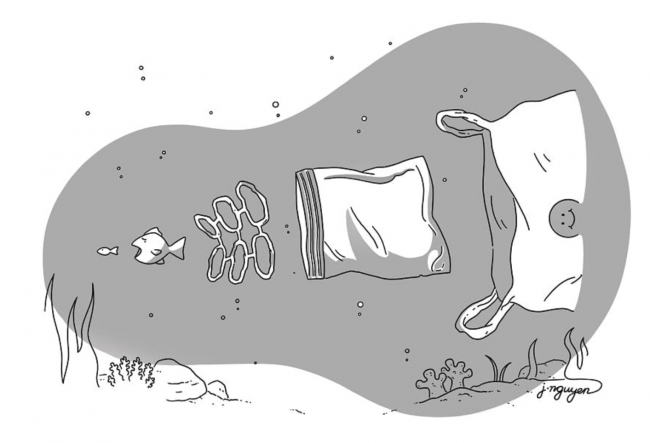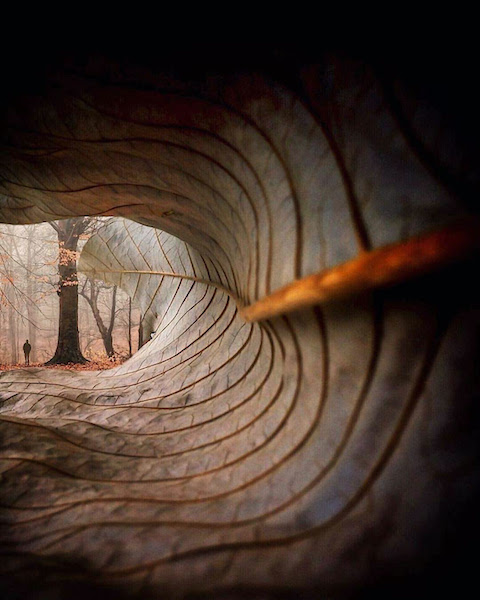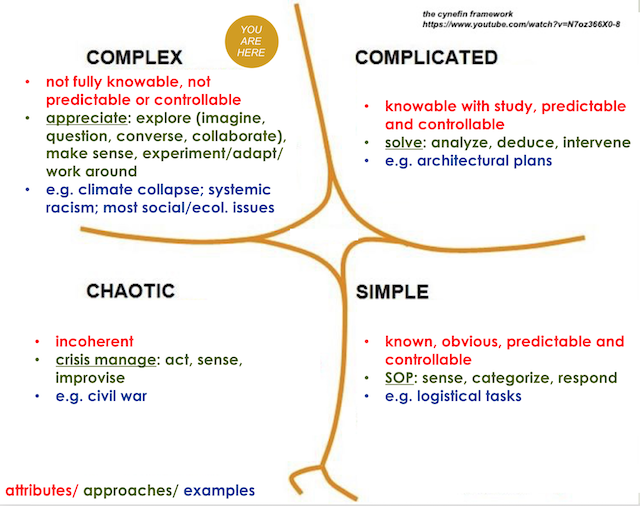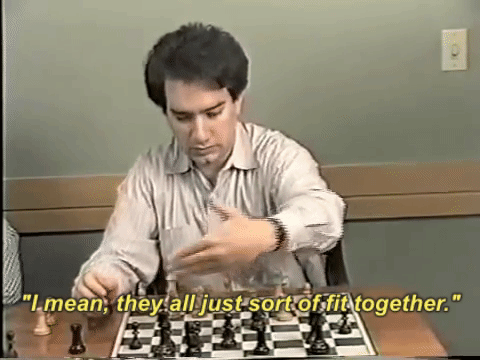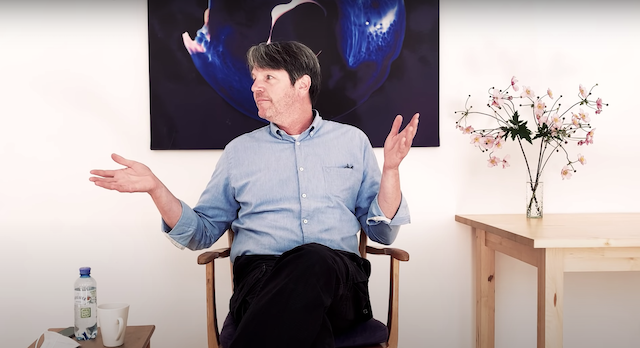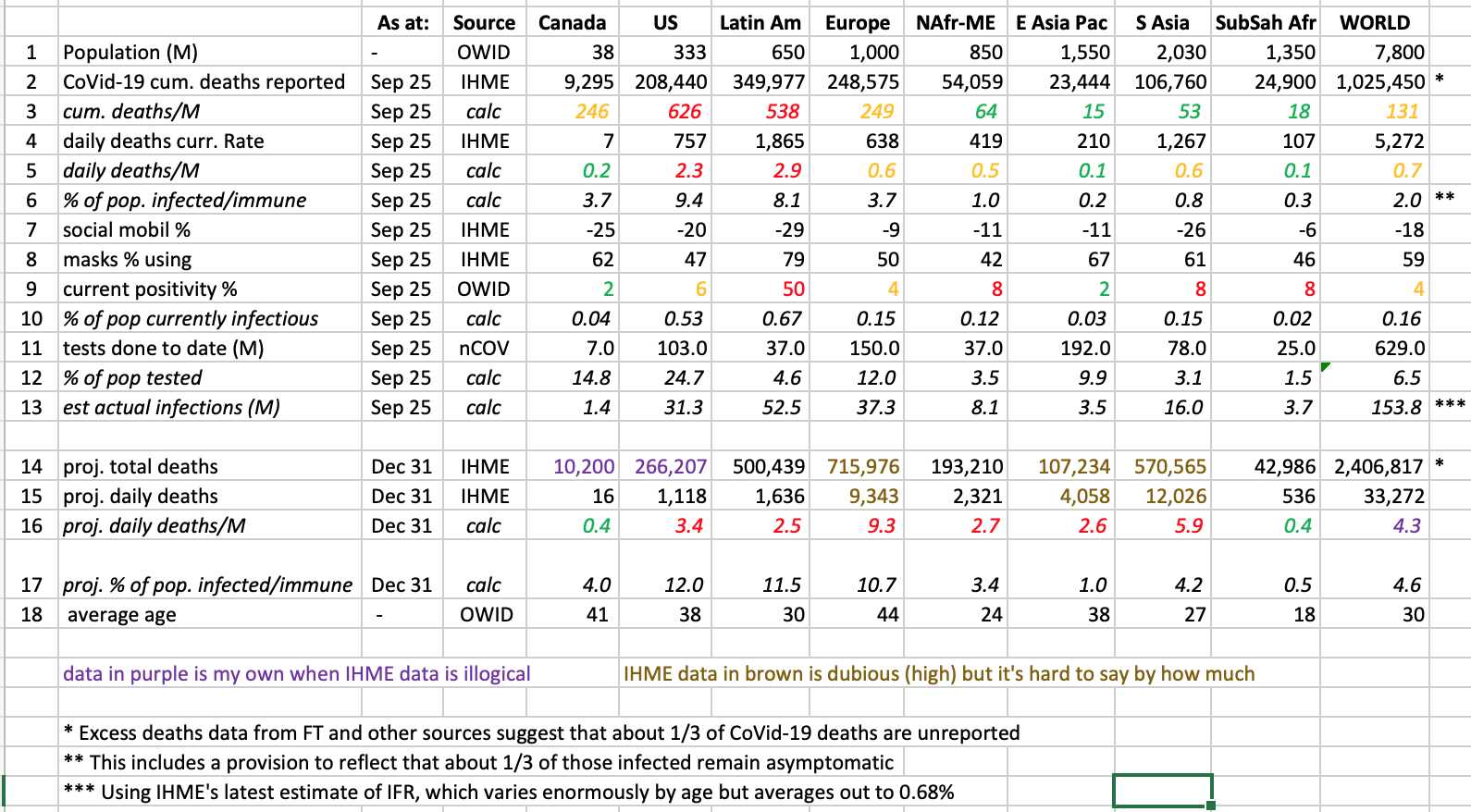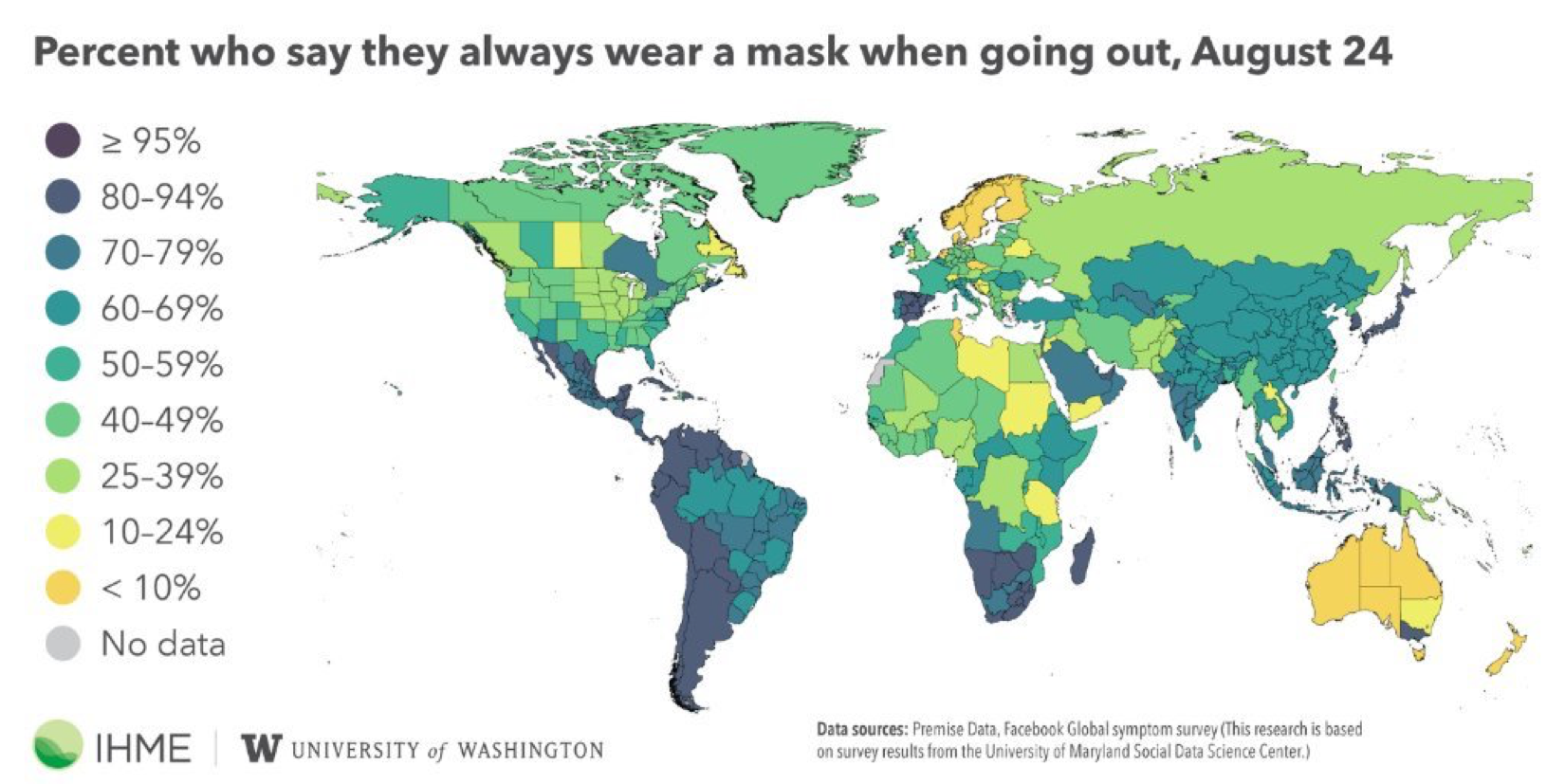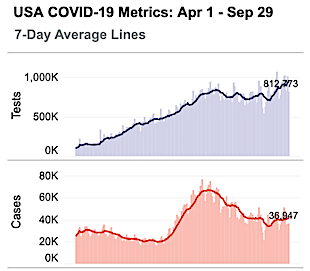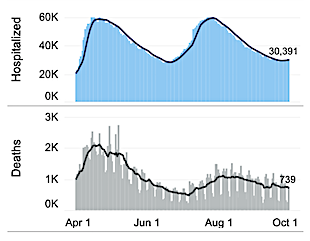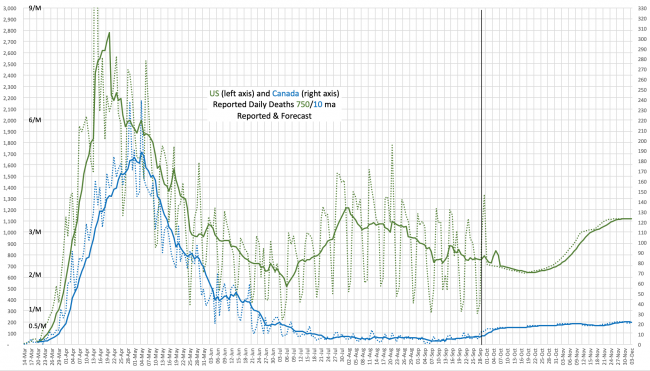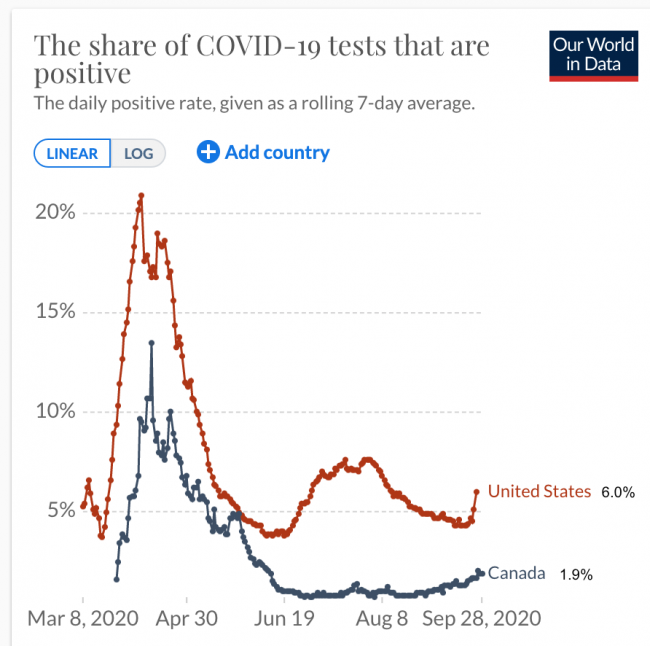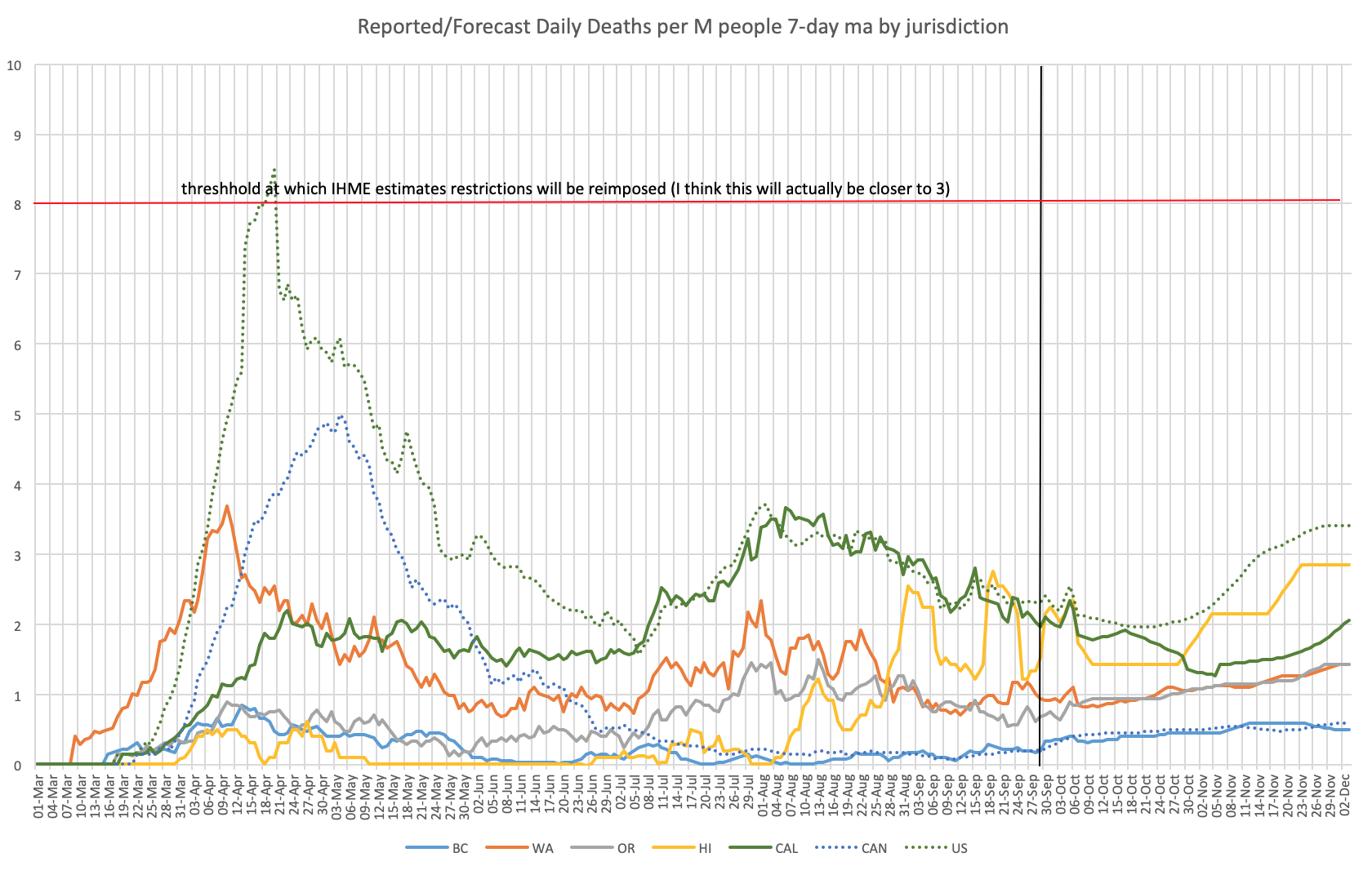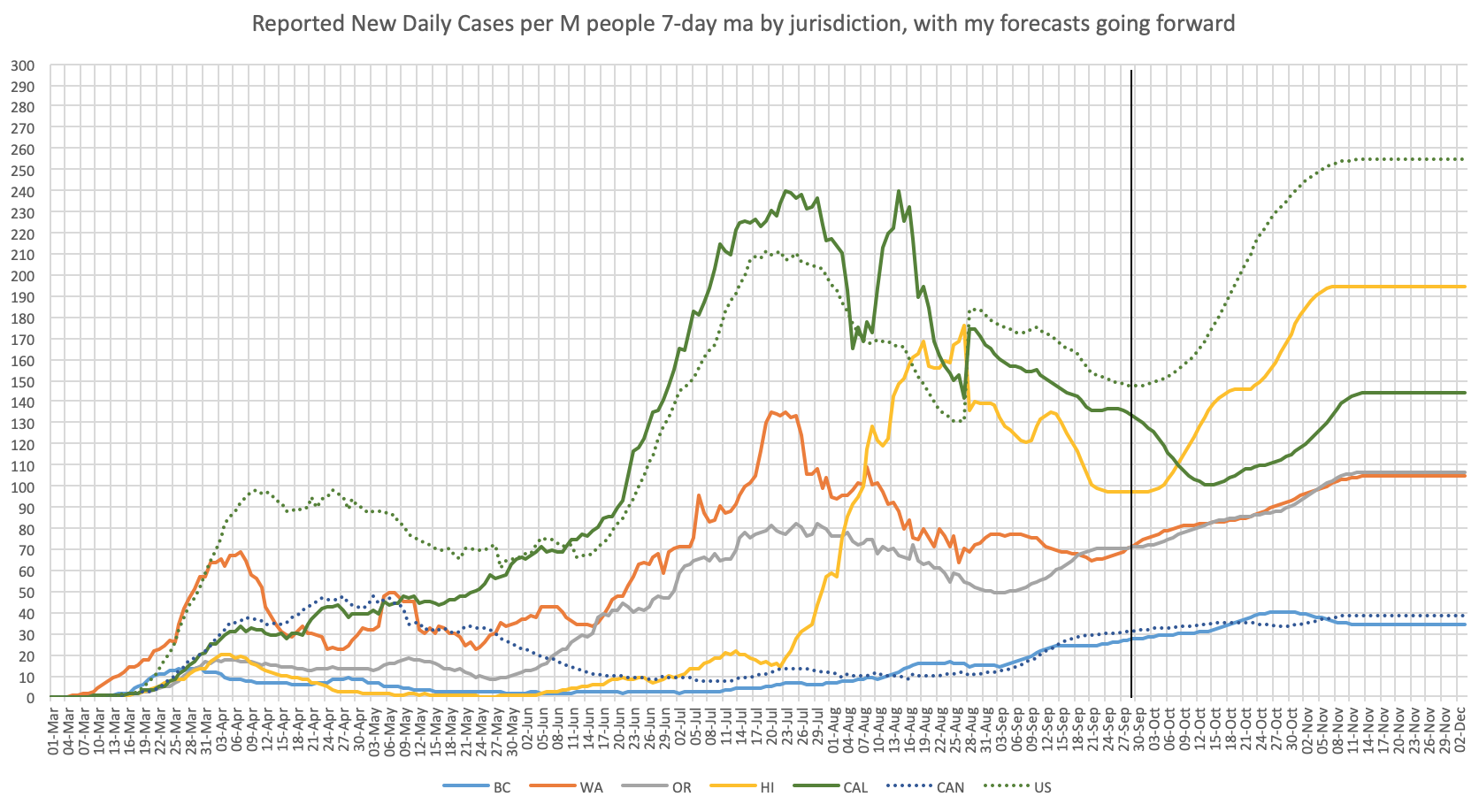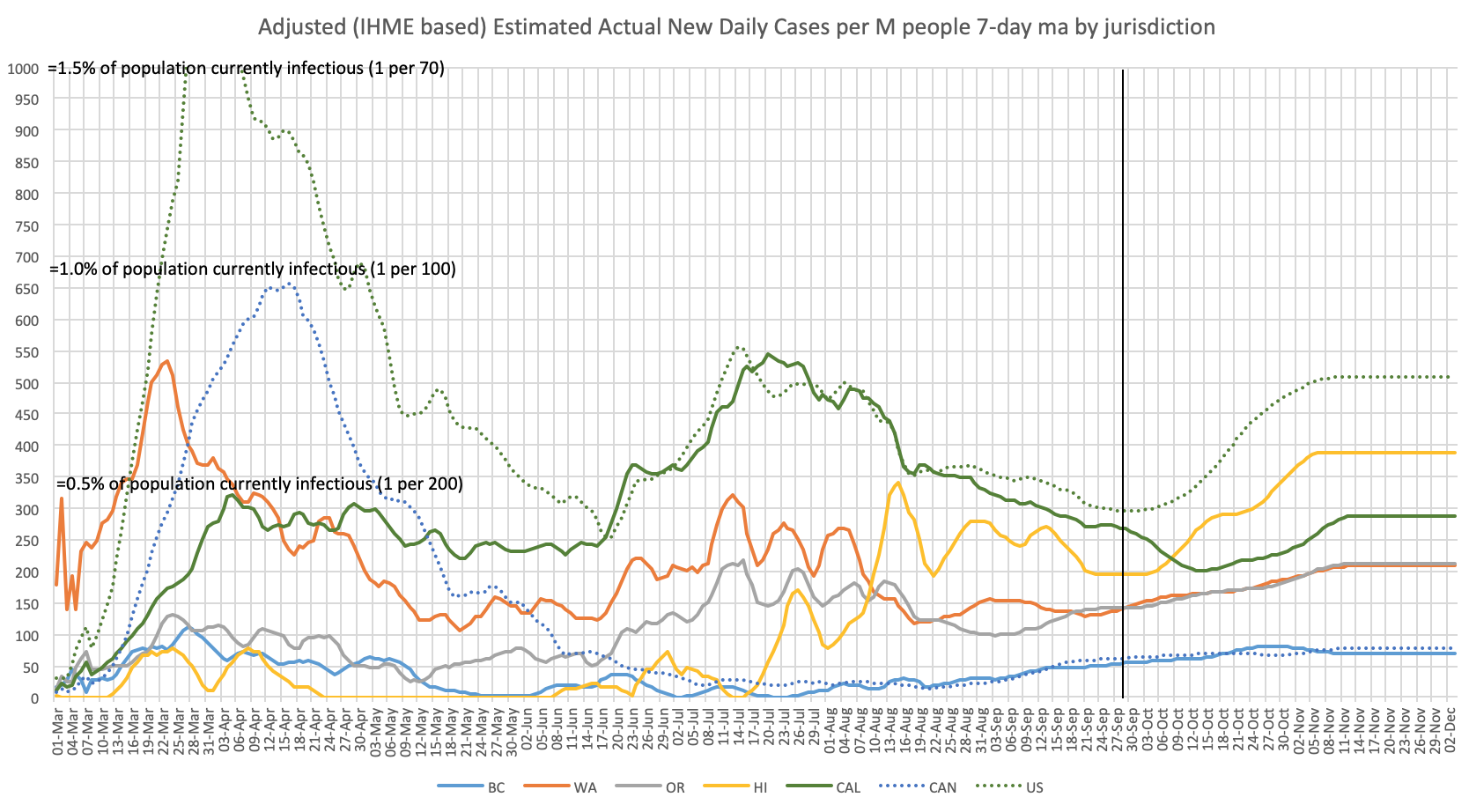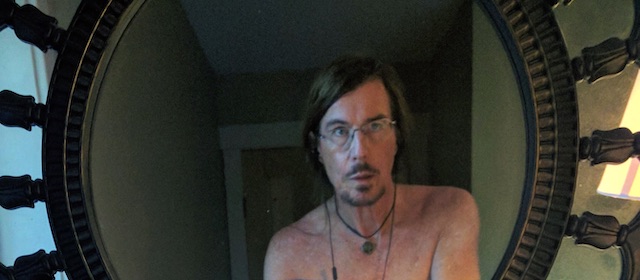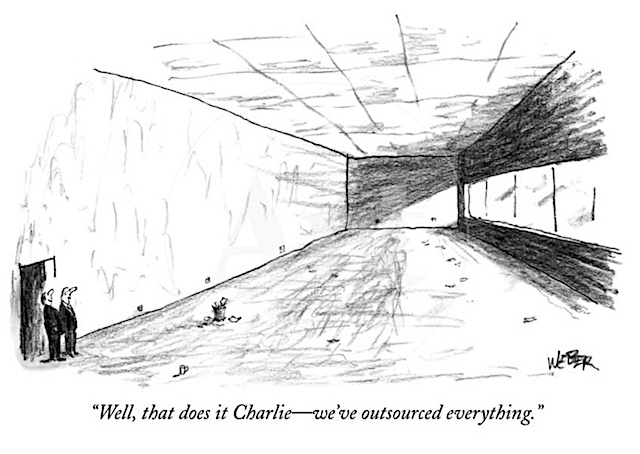
cartoon by the late New Yorker cartoonist Robert Weber, one of the few cartoonists who worked mostly with charcoal
One of the things that CoVid-19 has made clear is that “offices” for individual workers (and so-called “executives”), and even for groups of “white collar” workers, are in most cases completely unnecessary. That’s not to say people don’t want them, and want to get back to them. It’s to say they aren’t needed — that with a bit of relearning we can do everything from home that we can do in an office, and perhaps more, and just as well if not better.
The immediate benefits would be (a) eliminating an enormous amount of commuting time, (b) drastically reducing commuters’ automobile emissions and expenses, (c) freeing up a huge amount of wasted space, much of it in cities that are desperately short of affordable housing, (d) reducing the demand for space in “prestige” areas of cities that are obscenely overpriced, and hence bringing rents down, and (e) reducing a large portion of the costs of doing business that are passed along to customers, potentially reducing product and service costs to customers.
This wouldn’t change the world, of course. The dangers are (a) that the 1% would simply pocket the savings themselves, (b) that a lot of bullshit “office” jobs would simply be eliminated, much as most secretarial jobs were eliminated a generation earlier, when it was clear they served no purpose, and (c) that “top executives” will still retain their personal offices, making having an office even more absurdly sought-after as a status symbol than it is now (and entrenching and deepening the hierarchy between those “with” and “without” offices — a further gutting of the last vestiges of the middle class). And of course for many, especially the poor and working women, working from home is currently nearly impossible, and they would need to be provided with spaces near their homes where they could work effectively; a challenging but not insurmountable problem.
The argument for having offices and other physically proximate spaces for workers, even when not necessary to produce anything, is that people are allegedly more productive and accountable in an office working alongside peers and bosses (read: bosses don’t trust subordinates), and that physical proximity encourages important consultation and collaboration. But so far little or no effort has been put into either (a) finding out if that’s actually true, or (b) improving tools and technologies that render it no longer true.
I was one of the first “executives” in North America to pilot what was then called the “mobile office”, lugging around my “portable” computer (in those days it was so heavy I developed “PC syndrome” tendonitis); I essentially carried my “office” in my briefcase. I was given the best available technology at that time; in return I gave up my physical office (financially, that was a wash to my employer).
These “pilot programs” were mostly unmitigated disasters. Then as now, if you wanted to talk to someone “important”, or a decision-maker, you had to do so in person. Then as now, “important” people didn’t answer the phone (then, they had secretaries to run interference for them; now, they have voice-mail and email and assistants to automatically delete voice-mails and emails addressed to them). So if you tried to operate without an office, you couldn’t talk with anyone “important”. You had to come into the office to be “visible” and basically wait for an invitation, for them to visit you. Since that could be a long wait, you generally needed to book a “visitor’s office” on the off-chance of being granted an audience that day.
Peers looked upon these “visitor’s offices” with suspicion and denigration: Don’t you dare encourage people to take my office away; I have a “real” office with “my” files and other important things that have to be here, so I have to be here. You might try to jam a lot of visits and in-person conversations into your scheduled visits to “the office”, but no one would cooperate with you — that’s just not how things were (and are) done in “the office”. I could go on, but you get the idea: Becoming a “mobile office” worker was a de facto demotion, in the eyes of both bosses and peers.
Nothing has changed that much. There’s still jockeying for, measurement of, and hierarchy-ranking of and preening over offices. So for many, at all levels of the bullshit jobs codependency, giving up one’s office is unthinkable, and eliminating offices would be considered a grievous and insulting error.
So I’m not naive enough to believe it will happen, at least not until the economy collapses, which may still be a decade or two away. I’m just saying it could happen, with enormous net benefits for just about everyone. Just as you really don’t have to physically shake hands to sustain a healthy business relationship during CoVid-19, you really don’t have to have physical offices — any offices — to sustain a healthy organization. They are anachronisms, like the suit and tie, clung to by the conservative and the fearful.
Imagine, then, what a world without offices would be like — assuming the technology has improved to accommodate this change — cameras and audio quality and screen-sharing that simulate physical presence in a space as much as possible:
- Except in those rare places where large numbers of people absolutely have to work in close proximity to manufacture real products that cannot be largely automated, there would be no “rush hour”. Emptier highways, cleaner skies, less road rage and stress.
- I think there would be a tendency for people to be evaluated more on how accessible they make themselves to others (fellow workers, customers, suppliers). And perhaps less on the size and trappings of their office, or on their “span of control” or job title, or on their dubiously-computed “contribution” to profits.
- I think there would be less capacity and less indulgence for micromanaging, and necessarily more delegation of decision-making capacity to front-line workers. A lot of painstakingly collected and scrupulously ignored research suggests this would be a good thing.
- It would be much easier to logically reorganize a company or organization because the physical silos would no longer help entrench the structural ones. That would include more easily breaking an organization into autonomous units that would be more customer-facing and less hierarchical. This would be a huge (and for executives, scary) change, since they have long conned the world into believing the myth that their decision-making is more important and valuable than that of front-line workers.
- Trust would of necessity become the currency of business. After trying to establish “check-ins” to ensure remote workers are observing “office hours”, owners would eventually have to give up and learn to evaluate people on the quality and value of what they produced and not how many hours it took to produce it (or whether they were regularly in the office working early or late).
- Shareholders and directors, who’ve been conned for years into assessing management on all the wrong bases and entrenching an absurdly disproportionate remuneration and reward system for executives, might have to start looking at value-for-money, value added, real customer and employee satisfaction surveys (not the fake scale-of-1-to-10 fraudulent surveys used now), and measures of organizational innovation and resilience, to assess the quality of their investments and management, instead of using profit growth as the single, universal surrogate. It would start to become clearer, I think, how very equally everyone working for an organization contributes to its success, or failure. But maybe that’s wishful thinking.
- Executives would no longer be able to con customers and investors that they were skilled, knowledgeable, important, and worth a lot of money, based on the trappings of their offices, titles and real estate. They might have to demonstrate that they actually do something of value to justify their salaries and patronage.
I hear some objections that “serendipitous encounters” in the office are essential to networking, to collegiality, and to innovation. If you think so, please show me the evidence that these even occur in most organizations, let alone that they produce useful results. Middle managers hope to have such encounters with executives to make their presence known and possibly move up the ladder.
But my observation is that this is mostly just dreaming and projection. There are very few organizations where promotion has anything whatsoever to do with merit — it’s about connections, family, and image. Just look at the political “leaders” in any country and you’ll see a public demonstration of what it takes to get “to the top”. Water coolers, even when they existed, served only as a means for peers to gossip and hobnob and for executives to pretend they cared about occasionally mixing with the minions.
There has been considerable “cultural anthropology” work done that shows that the presence of offices and departments in an organization is more of an impediment than a help to cross-sectional interaction and communication. The sheep of one kind are all placed in one pen so they’re easier for their shepherd and their sheepdogs to herd, not so that they can commune with other sheep.
The sheep aren’t going anywhere — if they’re still working in large hierarchical organizations they’ve imbibed the corporatist kool-aid and believe that theirs is the only way to succeed (or even survive) in business. (Sadly, because of the criminal imbalance of wealth and power in our global economy, they’re now probably correct.)
But the corporate elite could easily let them do their bullshit jobs from home — it wouldn’t make any difference and would provide the five benefits noted above. And this elite might even dare to get their fellow executives to give up their offices too — it would make zero difference to anything that matters, and some of them might actually get to spend some time with their families, if they dared.
I know this sounds bitter and over-the-top, but in all my years of business with many organizations, I’ve just found it to be more and more true. Our economy is built on many myths, most of them completely untrue; the myth of the importance of offices is just a minor one of these.
Pollard’s Law of Complexity asserts that:
Things are the way they are for a reason. To change something, it helps to know that reason. If that reason is complex (and it usually is), success at truly understanding and changing it is unlikely, and developing workarounds and adapting to it is probably a better strategy. Complex systems evolve to self-sustain and resist reform until they finally collapse.
Offices evolved for reasons that are in part anachronistic and in part to demonstrate power and to simplify command and control over employees. None of those once-important reasons still applies, so the system is continuing, much as the wearing of suits and ties continues, because of inertia. For the last 30 years those of us weary of these dysfunctional remnants of old paternal industrial culture have been working around them. Perhaps now is as good a time as any to encourage them to collapse before they do so naturally.
The implications would be far-reaching, and extend beyond the politics and economics of corporatist hierarchies. It might start to dawn on us that appearance (and citizenship, and lineage) have nothing to do with someone’s capacity, intelligence, creativity, values, or value to society. And that wealth and power are inherited things, passed usually from father to son, and that they have absolutely nothing to do with either merit or effort (even if you believe merit or effort entitles you to an obscene share of the world’s wealth and power).
And, on a closer look, it might dawn on us that most of the expenditures that are built into the things we struggle to buy — expenditures on executive salaries and perks, on the wages paid for bullshit jobs, on advertising and PR, on litigation against potential competitors and uppity customers, and on acquisitions and share buy-backs — that make up in many cases 80-90% of the “cost” of what we buy, are completely unnecessary, and result in products costing an order of magnitude more than they need to, even if we were to halt the offshoring of labour and materials to struggling nations.
I think that in time, we will realize this sad and outrageous truth, this gargantuan $47T dollar theft from workers by corporatists and their shills, from the rest of us. I think most of us have at least started to realize that capitalism, as it’s been practiced over the past two centuries, is just an elaborate boondoggle to funnel wealth to the ultra-rich from the rest of us.
Like the desolating and ruinous global industrial growth economy that sustains it, this boondoggle is teetering and will soon come crashing down, no matter what we do. If it takes a while we may yet obliterate the half of the world’s natural wealth and biodiversity that isn’t already gone, and accelerate even further the destruction of our air, water, soil, food, lands, oceans and resources that have led to the sixth great extinction of life on our planet. Perhaps if we gave a little push to this one little domino — offices and what they represent — it might start something in motion that would precipitate something more profound, and at least spare future generations some of the consequences of our folly.
But just watch the resistance from the plutocracy if this starts to happen. They know what they have to lose. And if they decide they need fewer offices after the pandemic, you know whose offices will remain untouched.

